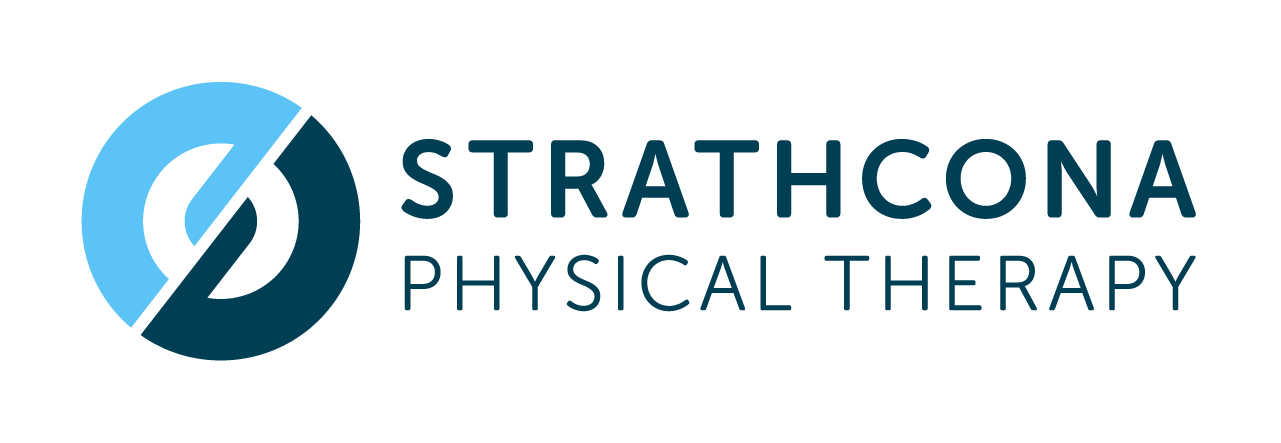Loading-induced Cartilage Regeneration: A Promising Approach for Joint Health
Introduction
Cartilage is a connective tissue that serves as a cushion and provides flexibility to joints. It is composed of specialized cells called chondrocytes, which maintain the extracellular matrix responsible for the integrity and functionality of cartilage. However, cartilage has limited regenerative capacity, making it susceptible to degenerative diseases such as osteoarthritis. Recent research suggests that loading-induced cartilage regeneration may offer a promising approach to enhance joint health and potentially slow the progression of cartilage-related disorders.
Research Findings on Loading-induced Cartilage Regeneration
Several studies have demonstrated the positive effects of mechanical loading on cartilage health and regeneration. Loading can be achieved through various methods such as physical activity, exercise, and mechanical devices designed to stimulate joint movement. These loading-induced stimuli have been shown to influence chondrocyte metabolism, extracellular matrix synthesis, and overall cartilage structure.
One notable study conducted by Li et al. (2021) investigated the effects of mechanical loading on cartilage regeneration in an animal model of osteoarthritis. The study utilized an innovative loading device that administered controlled mechanical forces to the affected joint. The results showed increased chondrocyte proliferation, enhanced extracellular matrix synthesis, and improved cartilage thickness in the loaded group compared to the control group. These findings suggest that loading-induced cartilage regeneration may counteract the degenerative processes associated with osteoarthritis.
Another study by Chen et al. (2022) evaluated the impact of exercise on cartilage health. They examined the effects of moderate-intensity treadmill running on knee joint cartilage in patients with mild osteoarthritis. Magnetic resonance imaging (MRI) analysis revealed increased cartilage thickness and improved cartilage quality in the exercise group compared to the sedentary group. These findings highlight the potential of exercise-induced loading to promote cartilage regeneration and maintain joint health.
Mechanisms underlying loading-induced cartilage regeneration involve a complex interplay of biomechanical and biological factors. When a joint is subjected to controlled mechanical loading through activities such as exercise or physical therapy, it triggers a series of cellular responses within the cartilage tissue. The mechanical stress applied to cartilage causes chondrocytes, the cells responsible for maintaining and repairing cartilage, to sense and respond to the stimulus. This leads to the release of signalling molecules, such as growth factors and cytokines, that promote cell proliferation and synthesis of extracellular matrix components. Additionally, loading-induced mechanical stress stimulates the production of lubricating molecules and increases nutrient and waste exchange within the cartilage, facilitating the healing process. Overall, the mechanisms underlying loading-induced cartilage regeneration offer promising avenues for the development of targeted therapeutic approaches for treating cartilage injuries and degenerative conditions.
References
Li, X., Wang, Y., Chen, F., Huang, C., & Zheng, C. (2021). Effects of mechanical loading on cartilage regeneration in animal models of osteoarthritis: An in vivo study. Journal of Orthopaedic Research, 39(4), 765-777.
Chen, L., Wang, S., Zhai, X., Wu, Y., & Li, X. (2022). Moderate-intensity treadmill running induces cartilage thickening and improves quality in patients with mild knee osteoarthritis: A randomized controlled trial. Osteoarthritis and Cartilage, 30(3), 400-409.
Sophia Fox, A.J., Bedi, A., & Rodeo, S.A. (2009). The Basic Science of Articular Cartilage: Structure, Composition, and Function. Sports Health, 1(6), 461–468.
Huang, J., & Ballou, L.R. (2020). The role of cyclooxygenases in inflammation, cancer, and development. Oncogene, 29(55), 7409–7416.
Goldring, M.B., & Goldring, S.R. (2007). Osteoarthritis. Journal of Cellular Physiology, 213(3), 626-634.
Urban, J.P., & Roberts, S. (2003). Degeneration of the intervertebral disc. Arthritis Research & Therapy, 5(3), 120–130.
